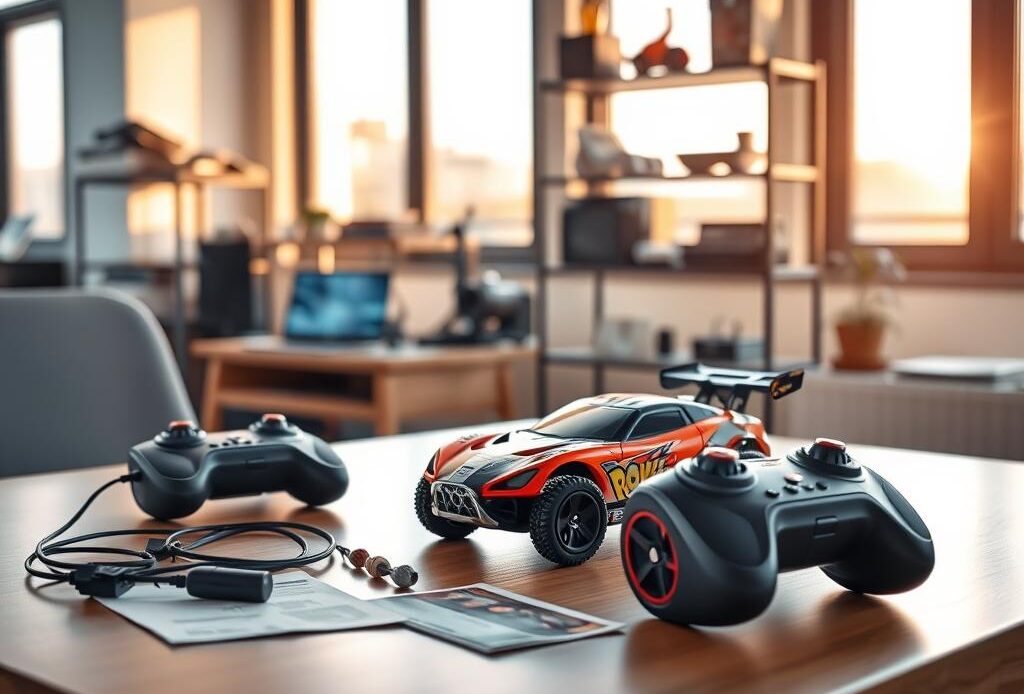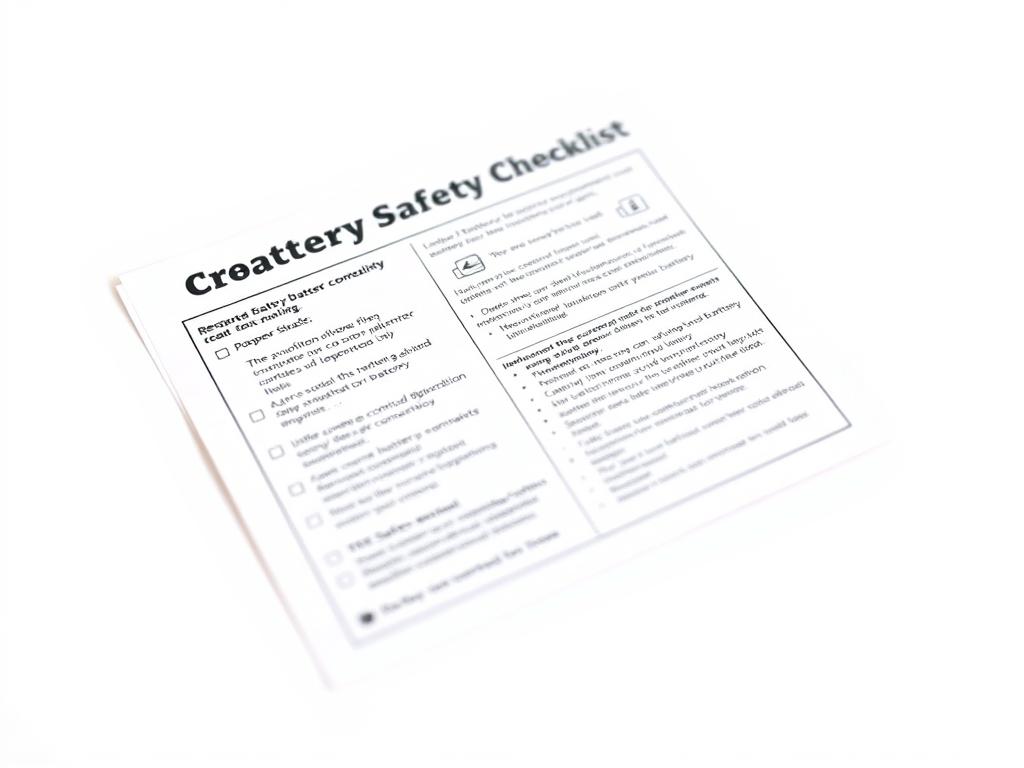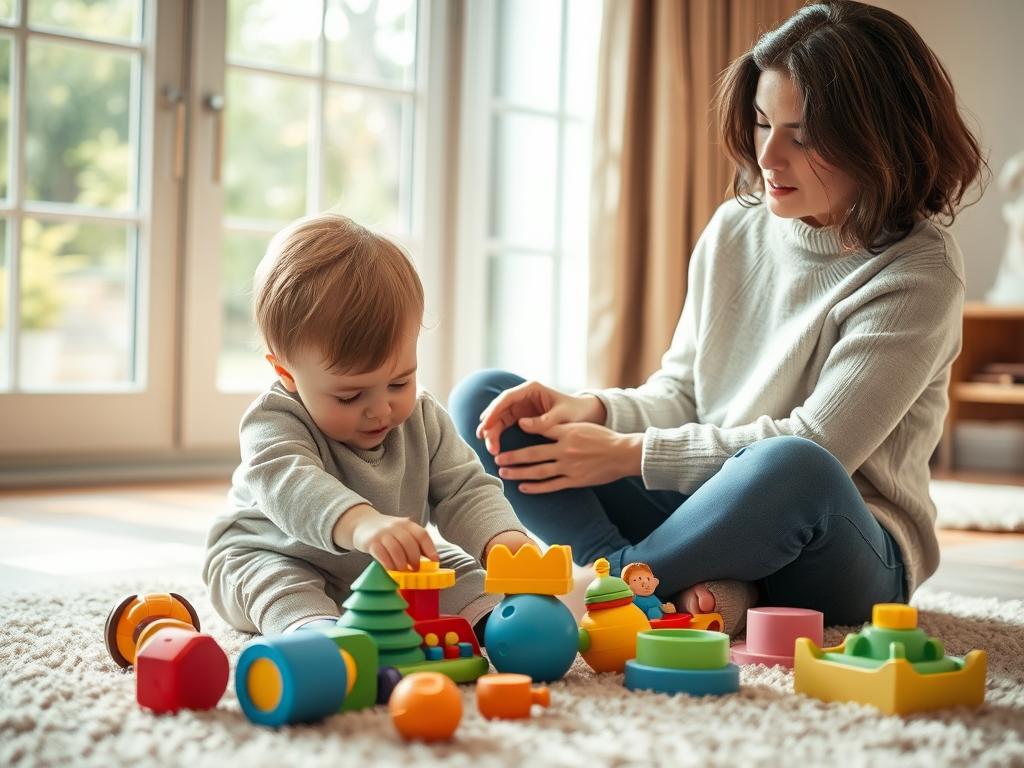
Every year, thousands of families enjoy the excitement of interactive playthings, but safety remains a top priority. Recent data shows nearly 198,000 injuries related to these items were treated in U.S. emergency rooms in 2020 alone. This highlights why understanding proper usage matters now more than ever.
We’ve created this guide to help caregivers navigate modern playtime. From battery management to avoiding physical risks, we’ll cover essential practices that keep kids protected. The U.S. Consumer Product Safety Commission emphasizes that many incidents stem from overlooked details like loose parts or improper charging.
Supervision plays a key role, especially with app-connected devices. Simple steps—like checking age recommendations and securing small components—can prevent accidents. Our goal is to blend fun with responsibility, ensuring every game remains joyful and secure.
Key Takeaways
- Nearly 200,000 toy-related injuries occurred in 2020, emphasizing the need for caution.
- Always follow age guidelines and inspect devices for loose parts before use.
- Monitor battery usage to prevent overheating or leaks.
- Supervise children closely during play, especially with app-controlled features.
- Regularly update software for app-connected items to maintain security.
Understanding the Importance of Toy Safety
Playtime evolves with technology, but so do the precautions needed. In 2019 alone, over 224,200 injuries linked to play items were reported in U.S. hospitals. This staggering number reminds us why toy safety isn’t just a guideline—it’s a necessity for every family.
Toy Safety Statistics and Industry Insights
The U.S. Consumer Product Safety Commission notes that many incidents involve items with small parts or faulty designs. Recent news highlights recalls of products that failed flammability tests or contained harmful materials. Staying updated on these reports helps parents avoid risks before they reach playrooms.
Shared Responsibilities: Manufacturers, Retailers, and Parents
Creating safe experiences starts with manufacturers adhering to strict production standards. Retailers must make sure items meet these criteria before stocking shelves. Meanwhile, caregivers should check age labels and inspect products regularly. Sharing information across these groups builds a safer environment for children play.
By working together, we turn data into action. Regular updates from trusted sources empower everyone to prioritize well-being over convenience.
Remote Toy Safety Tips for a Safer Playtime
Modern play experiences blend innovation with responsibility. Let’s explore practical ways to keep playtime both exciting and secure.

Following Battery and Electrical Safety Best Practices
Batteries power endless fun but need careful handling. Always ensure compartments close tightly to prevent leaks. Remove them when devices aren’t in use—this avoids overheating. For rechargeable types, stick to the charger provided. A loose battery can become a hidden hazard.
Checking for Small Parts, Sharp Edges, and Hazardous Materials
Inspect items for detachable pieces that could pose choking risks. Run your fingers along surfaces to catch unexpected sharp edges. Materials matter too—look for non-toxic certifications. If something feels flimsy or breaks easily, set it aside.
| Hazard | Prevention Tip | Check Frequency |
|---|---|---|
| Loose batteries | Secure compartments | Weekly |
| Small parts | Use choke-test tube | Before each use |
| Sharp edges | File rough spots | Monthly |
| Outdated labels | Compare with manuals | After updates |
Reading Labels and Instructions Carefully
Those tiny labels hold big clues. Age recommendations aren’t suggestions—they’re based on developmental stages. Follow toy instructions for assembly and maintenance. Missed steps in manuals often lead to avoidable risks.
By pairing vigilance with these strategies, families create safer environments where creativity thrives. Remember: thoughtful preparation today means worry-free play tomorrow.
Inspecting and Maintaining Safe Toys
Keeping play areas secure starts with simple daily habits. A quick glance at items before and after use makes all the difference. Let’s explore how routine care extends the life of favorite playthings while protecting everyone involved.
Regular Inspection and Condition Checks
Set a weekly reminder to examine items for wear. Look for loose screws, frayed wires, or cracked surfaces. Small fixes now prevent bigger issues later. Pay extra attention to parts that move frequently—hinges, wheels, or connectors often show wear first.
Test battery compartments and electronic features monthly. Corrosion or odd smells signal it’s time for replacements. If something feels “off” during play, trust that instinct and pause use immediately.
Effective Storage and Safe Packaging Considerations
How you store toys matters as much as how you use them. Choose bins with secure lids to keep dust out and packaging organized. Original boxes work well for seasonal items—they’re designed to protect contents during transport.
| Storage Risk | Solution | Check Frequency |
|---|---|---|
| Cracked containers | Replace with sturdy bins | Every 3 months |
| Loose lids | Use latches or Velcro strips | Monthly |
| Cluttered spaces | Label shelves by category | Weekly |
Discard plastic wraps and twist ties right after unboxing. These pose suffocation risks and clutter home spaces. For items with multiple parts, create a checklist to confirm nothing’s missing during cleanup.
By pairing smart storage with consistent checks, we need ensure play remains joyful and worry-free. A little effort today keeps favorite items ready for tomorrow’s adventures.
Age-Appropriate Play and Parental Supervision
The best play experiences happen when fun meets thoughtful preparation. Matching activities to a child’s abilities ensures they stay engaged while avoiding frustration or risks. Let’s explore how to align play with growth stages and create secure environments.

Choosing Toys that Match Developmental Needs
Age labels on packaging aren’t random—they reflect motor skills and cognitive milestones. For toddlers, opt for items with large, sturdy parts that encourage grasping. Building blocks or soft puzzles work well. Older children thrive with complex sets like robotics kits that challenge problem-solving.
Small parts pose choking hazards for kids under three. Use a toilet paper roll as a quick test: if an object fits inside, it’s unsafe. Always check manufacturer guidelines and teaching kids to play safely with interactive devices.
Guidelines for Consistent and Attentive Supervision
Active involvement means more than watching. Join activities to model safe habits and troubleshoot challenges. For app-connected devices, set boundaries like designated play zones and time limits. Keep chargers out of reach and review privacy settings together.
- For younger kids: Stay within arm’s reach during playtime
- For older children: Discuss responsibility and check progress every 15–20 minutes
Adjust your approach as abilities grow. A 5-year-old might need help navigating buttons, while a 10-year-old can learn basic maintenance. Balance freedom with gentle guidance to build confidence and awareness.
The Role of Manufacturers and Retailers in Toy Safety
Creating secure play experiences requires teamwork across industries. From design labs to store shelves, multiple players share responsibility for keeping families protected. Let’s explore how production practices and clear communication build trust.
Adhering to Safety Standards in Production
Top manufacturers like Double E Toys follow strict guidelines. They use certifications like EN71 (Europe) and ASTM F963 (U.S.) to test materials and durability. These safety standards check for choking risks, chemical content, and structural integrity.
| Standard | Focus Area | Testing Frequency |
|---|---|---|
| EN71 | Material toxicity | Per production batch |
| ASTM F963 | Mechanical hazards | Annual audits |
| ISO 8124 | Flammability | Quarterly checks |
Ensuring Accurate Labeling and Clear User Manuals
Labels tell the full story. Reputable companies provide age ranges, part counts, and hazard warnings in large print. Retailers need ensure this info matches what’s online and in stores. Detailed manuals matter too—they explain proper use and maintenance steps.
Collaboration closes gaps. When manufacturers share testing reports and retailers verify certifications, everyone wins. Together, they create a chain of trust that lets kids explore confidently.
Conclusion
Safety in play isn’t just a checklist—it’s a shared promise. By combining manufacturer standards, retailer diligence, and caregiver vigilance, we create environments where creativity thrives without hidden risks. Regular maintenance checks and age-appropriate choices form the foundation of worry-free fun.
Staying informed transforms everyday actions into powerful safeguards. Review instruction manuals, inspect parts monthly, and verify certifications like ASTM F963. Our guide to teaching kids to play offers practical strategies for blending responsibility with joy.
Let’s make sure every play session begins with confidence. Simple habits—like storing items properly and replacing worn components—protect what matters most. Together, we turn awareness into action, ensuring today’s games become tomorrow’s cherished memories.
FAQ
How do we know if playthings meet current safety standards?
Look for certifications like ASTM F963 or CPSC compliance labels on packaging. Brands like Fisher-Price and LEGO adhere to these guidelines, ensuring products undergo rigorous testing for hazards like choking risks or toxic materials.
What should caregivers check during routine inspections?
Examine items for loose components, cracks, or exposed wires. Pay attention to wear-and-tear areas like battery compartments or moving parts. Discard anything with broken edges or malfunctioning mechanisms immediately.
Are app-connected play items safer than traditional options?
While digital controls offer supervision features, they introduce risks like data privacy concerns or overheating batteries. Always verify encryption standards and update firmware regularly, just as you’d check physical durability in conventional products.
Why is age labeling important for playthings?
Labels indicate developmental suitability—for example, items with magnets or complex tech aren’t ideal for under-3s. Companies like Melissa & Doug clearly mark these warnings to help match activities to a child’s motor skills and cognitive abilities.
How can we store interactive gadgets securely?
Keep devices in locked cabinets away from moisture. Separate accessories like chargers or detachable controllers, and use original packaging for fragile electronics. This prevents accidental activation or damage from environmental factors.
What materials should raise red flags during purchases?
Avoid products with phthalates, BPA, or lead-based paints. Opt for non-toxic plastics certified by organizations like Eco-Healthy Child Care or untreated natural woods from trusted brands like Hape.
Can siblings share app-controlled devices safely?
Supervise usage between age groups—older kids might override parental controls. Set separate profiles with restricted features for younger users, similar to tablet management systems used by Amazon Kids+.

